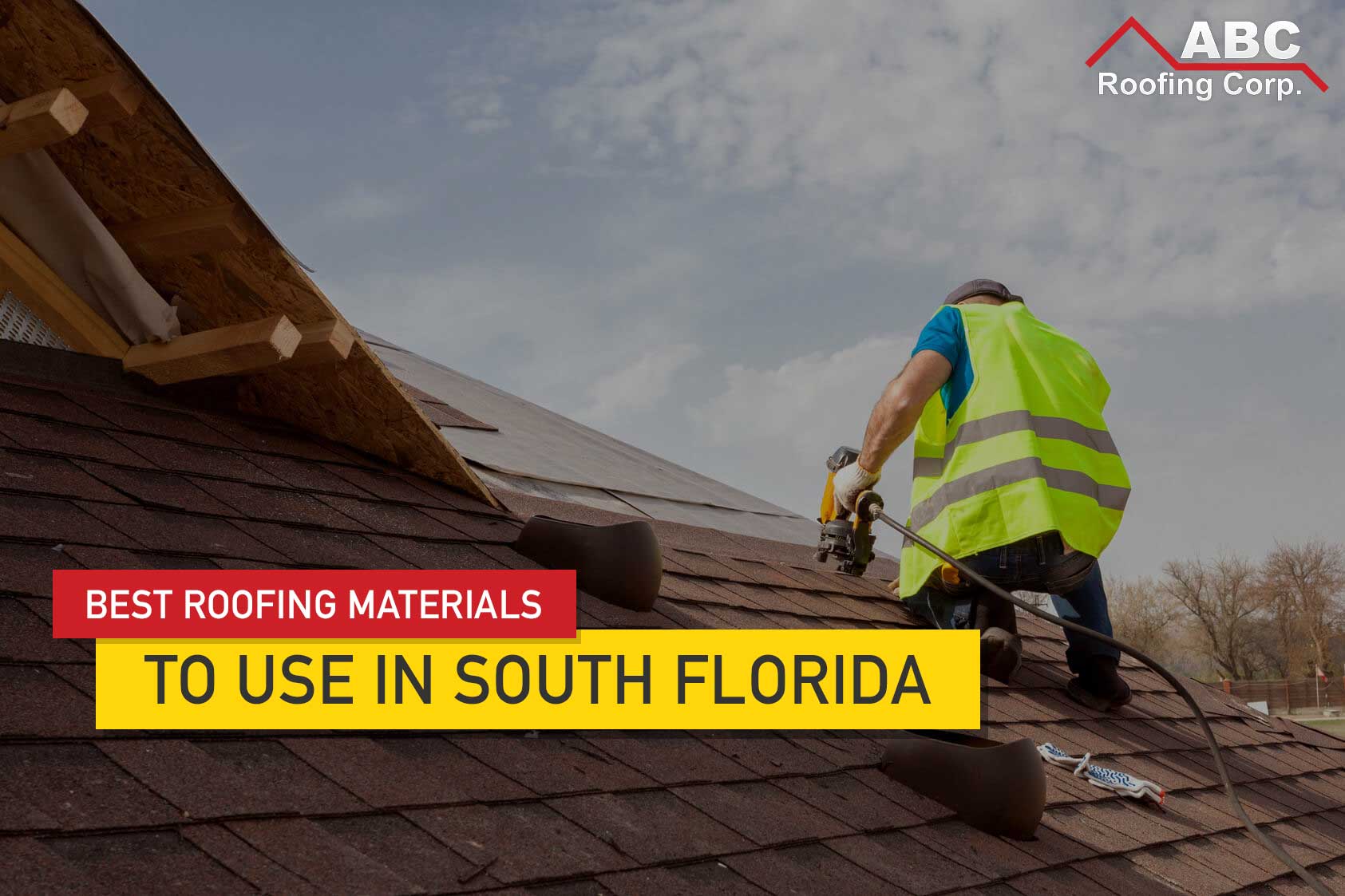
Whether you have a permanent residence or a holiday home in South Florida, you should be well acquainted with its unpredictable tropical climate. The rainy season that runs from May through October can bring powerful rains and hurricanes, particularly during hurricane season which starts in June. With all that being said, the quality of roofing materials should be on the mind of every South Florida homeowner.
This can be overwhelming for homeowners who are not familiar with the technicalities of roofing structures and materials. As one of South Florida’s leading home-roofing companies, we take it upon ourselves to help inform our clients on optimal roofing safety for their home.
An Introduction To The Roofing Structure
Several elements make up the structure of a roof. They all work together to make up a strong, weather-resistant roofing structure. All steep roofs have the same basic five-part structures:
Roof Covering
Normally made up of shingles, tile, slate, or metal, the roof covering of your home is an underlayment that is used to protect the sheathing from the effects of the weather.
Sheathing
This is constituted by boards or sheet materials fastened to roof rafters.
Roof Structure
This is constructed from rafters and trusses to support the sheathing.
Flashing
This refers to the material, like sheet metal, which is installed into the joints and valleys of the roof in order to prevent water seeping through.
Drainage
This is an important feature because it guarantees that the roof is able to shed water.
What Are The Best Roofing Materials For South Florida?
The most popular roofing materials in South Florida are tiles and shingles, both of which come with their pros and cons.
Tiles
Made from concrete or clay, tiles come in a variety of styles. They last a long time and can endure various weather conditions, making them a great option for homes in Florida. As an added bonus, tiles are fireproof.
On the downside, tiles are more difficult to install, making them more expensive. Repairs are also more expensive for the same reason.
Shingles
Traditionally made from asphalt, today’s shingles include asphalt fiberglass for improved tear-resistance and durability. Shingles are particularly popular with sloped roofs due to the wide range of colors, affordability, and ease of installation. High-quality shingles have a lifetime warranty and demand less maintenance.
Unfortunately, shingles can fall short in their weather resistance in severe weather conditions and often need to be replaced after hurricanes and tropical storms.
What Are The Underlayment Options?
The underlayment is an important element needed for roofs to perform effectively and with longevity. Essentially, the underlayment is responsible for keeping water damage at bay, as well as protecting other roofing materials from the fierce sun.
There are three main types of roofing underlayment: Asphalt-saturated, synthetic, and rubberized asphalt.
Asphalt-Saturated Felt
These underlayment materials are flexible and water-resistant. Felt underlayment does the job of protecting the roof well, without breaking the bank. It is a more affordable option and requires an easier installation process.
With that being said, felt is heavier than other underlayment options and can take longer to install. Another point to consider is that asphalt underlayment does not last as long as synthetic underlayment options.
Rubberized-Asphalt Underlayment
Heavier than felt, this non-organic material offers better tear-resistance and stability due to the inclusion of fiberglass. In addition to being heat resistant, and thereby improving the longevity of the product, they are also considered a sustainable option due to their ability to be recycled.
As a con, modified bitumen underlayment can cost significantly more than felt. Another important consideration is making sure that the underlayment of choice meets the state’s building codes.
At ABC Roofing, we are well-acquainted with the Florida Building Code and fulfil all jobs accordingly, with expertise.
Self Adhered Modified Underlayment
Lastly, rubberized roofing underlayment options use a new design that includes a protective membrane to better seal the roof. While initially expensive to install, this option does have a long warranty, faster installation time and offers optimum protection for your roof.
The first step in assuring that you have the best roofing materials for your South Florida home is to call a professional. Contact us at (954) 344-4622 for any repair, replacement, or installation questions.
